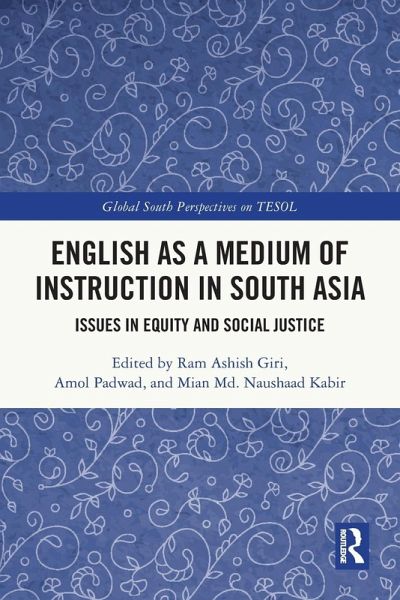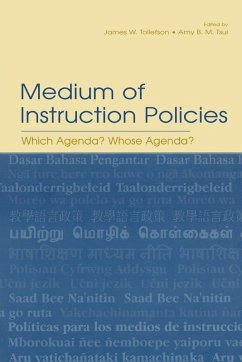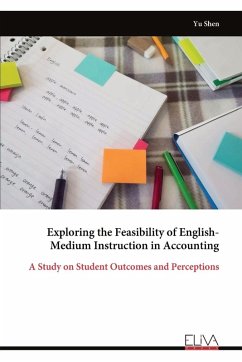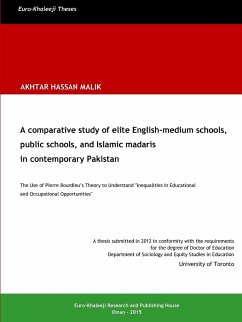
English as a Medium of Instruction in South Asia
Issues in Equity and Social Justice
Herausgeber: Giri, Ram Ashish; Kabir, Mian Md. Naushaad; Padwad, Amol
Versandkostenfrei!
Versandfertig in 1-2 Wochen
54,99 €
inkl. MwSt.

PAYBACK Punkte
27 °P sammeln!
This book examines the 'English mania phenomenon' and the complex circumstances of adopting English Medium Instruction (EMI) by South Asian education systems and the effect of an uneven distribution of resources on the already under-resourced countries in the region.














